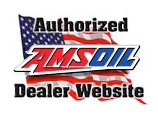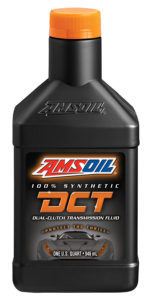11 Jul The “New” Transmissions, CVT and DCT
Continuous Variable Transmission (CVT) and dual-clutch transmission (DCT) are gaining popularity, but they both require unique fluids for best performance and economy
These Devices we call “transmissions” have been around for more than 100 years. One of the earliest units was developed in 1904 and contained two gears automatically selected based on engine speed.
Owing to the relentless pursuit of increased fuel economy, today’s automatic transmissions contain up to 10 forward gears. More gears mean the engine runs at optimum efficiency more often, boosting fuel economy. Engineers have also used lightweight materials and low-viscosity fluid – and less of it – to further increase efficiency. CVT and DCT are the latest developments in automotive transmissions. These technologies have been around for decades, but they’ve only recently caught on in mass-produced vehicles. We’ll talk about these “new” transmission designs and explain their lubrication needs.
CVT
CVTs continuously and smoothly select the optimum gear ratio as operating conditions change, meaning the engine is always running at its ideal rpm for maximum efficiency. In a CVT quipped vehicle, the driver doesn’t feel gear changes like he or she does in a vehicle using a traditional stepped automatic transmission because the transmission doesn’t “shift” gears. The CVT uses a pair of pulleys that vary their diameters to adjust the effective gear ratio. The computer varies the pulley diameters so the engine can move the car as efficiently as possible, which improves fuel economy. Honda says, CVTs can increase fuel economy by 5 percent.
Challenges
There are challenges, however. Most CVTs use a metal chain or belt to transfer torque between the drive pulley and driven pulley. A fluid with incorrect frictional properties can allow the belt or chain to slip. This not only leads to a bad driving experience, it can cause the belt/chain and pulleys to wear out, leading to expensive repairs.
DCTs Continue To Grow
While you’ll most likely find a CVT in a smaller sedan, DCTs are often used in sports cars and supercars.
A DCT is an automatic transmission based on the architecture of a manual transmission. It consists of two manual clutches in the same housing. Most rely on computer-controlled, wet multi-plate clutches and do not require torque converters. By losing the torque converter and its inertia, DCTs gain energy efficiency. They provide more shifts than traditional automatics because as one clutch engages, the other readies the next gear, reducing the time spent shifting and increasing the time spent putting power to the ground, improving efficiency. Properly maintained and lubricated, the system delivers smooth, split-second shifts – the perfect complement to a powerful, high-performance engine
Challenges
While DCTs are capable of seamless shifts, they can shudder or lurch at slow speeds. Transmission fluid with specific frictional properties is required to prevent shudder. DCT fluid must also have excellent film strength to provide protection during the high-heat operation native to high-performance sports sedans and supercars.
While automatic transmissions still dominate the market, CVT and DCT use has grown steadily and is expected to continue as automakers look for all the fuel-economy gains they can find.
It would be convenient if formulators could make a single lubricant for automatics, CVTs and DCTs, but it’s impossible given their unique needs. Amsoil designed 100% Synthetic CVT Fluid and 100% Synthetic DCT Fluid to round out their transmission fluid line. Each lubricant is specifically formulated to target the performance areas critical for its unique application.



